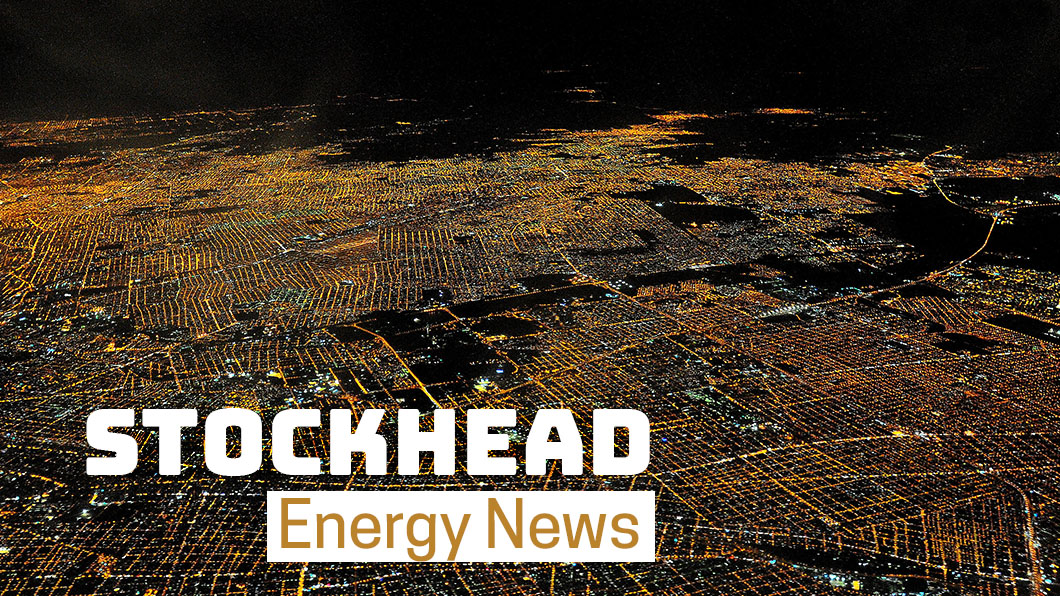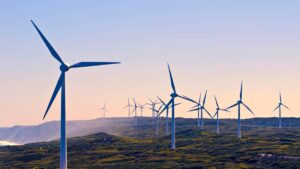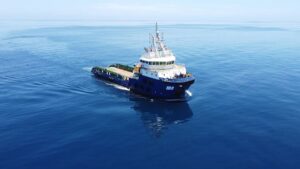The cost of servicing solar farms is about to get really expensive

Pic: Matthias Kulka / The Image Bank via Getty Images
As the renewable energy sector ages the next step is maintenance, a cost that is likely to hit $9.4bn globally by 2025 just for large-scale solar alone.
About 5 per cent of solar power systems around the world are nearing the end of their inverter life, a device that converts the variable current of a photovoltaic solar panel into one that can be fed into a commercial electrical grid and which needs to be replaced every 10 years.
By 2025, that number will be 16 per cent, or 227 gigawatts (GW), according to data from Wood Mackenzie, an energy information service.
About half of the cost of maintaining and replacing parts will be in the Asia Pacific, where the countries from China to Australia have been adding new large-scale solar facilities at pace over the last decade.
“Premature inverter failures will grow as the global PV fleet ages. Though less than 1 per cent of systems experience premature failure, between 10-12 per cent of O&M (operation and maintenance) costs are dedicated to inverter replacements,” Wood Mackenzie analyst Leila Garcia da Fonseca said.
Low prices and bad contracts
The constant reduction in auction prices for large-scale solar, combined with the removal of incentive schemes and subsidies, is putting pressure on maintenance contractors to cut as much fat as possible.
In Australia, contractors from Downer EDI (ASX:DOW) to Greek major Ellaktor are already pulling out of building projects citing regulatory factors that are driving up risk and costs.
The end of the Renewable Energy Target (RET) and lack of replacement has left the industry directionless, as investors, contractors and project owners try to guess what Australia’s energy future looks like in the absence of any policy.
The other cost on the horizon is within contracts signed at the start of the boom.
Garcia da Fonseca says typical O&M contracts miss essential maintenance and that will cost asset owners over time in replacement equipment.
“With full-wrap contracts being avoided, vegetation management, corrective maintenance work and module washing are often excluded from the scope, despite being critical to keep solar power plants performing as expected,” she said.
“While these activities are heavily dependent on plant location and project specific characteristics, they can roughly represent 40-45 per cent of a project’s total O&M costs.”
Solar power to rebound in 2021
Energy lobby groups are urging the federal government to consider renewable energy as a source of jobs and investment to spur the Australian economy forward once the COVID-19 pandemic has been dealt with.
While the government appears to be focused on natural gas-based investment instead, predictions for new investment in renewables are already being made.
Goldman Sachs analysts believe spending on renewables will surpass that on oil and gas next year, while data shows in Australia renewables are the cheapest new energy available today.
While Wood Mackenzie has forecast global solar installs to fall by 17 per cent this year, expectations are for the sector to return strongly from 2021.
Related Topics
UNLOCK INSIGHTS
Discover the untold stories of emerging ASX stocks.
Daily news and expert analysis, it's free to subscribe.
By proceeding, you confirm you understand that we handle personal information in accordance with our Privacy Policy.








